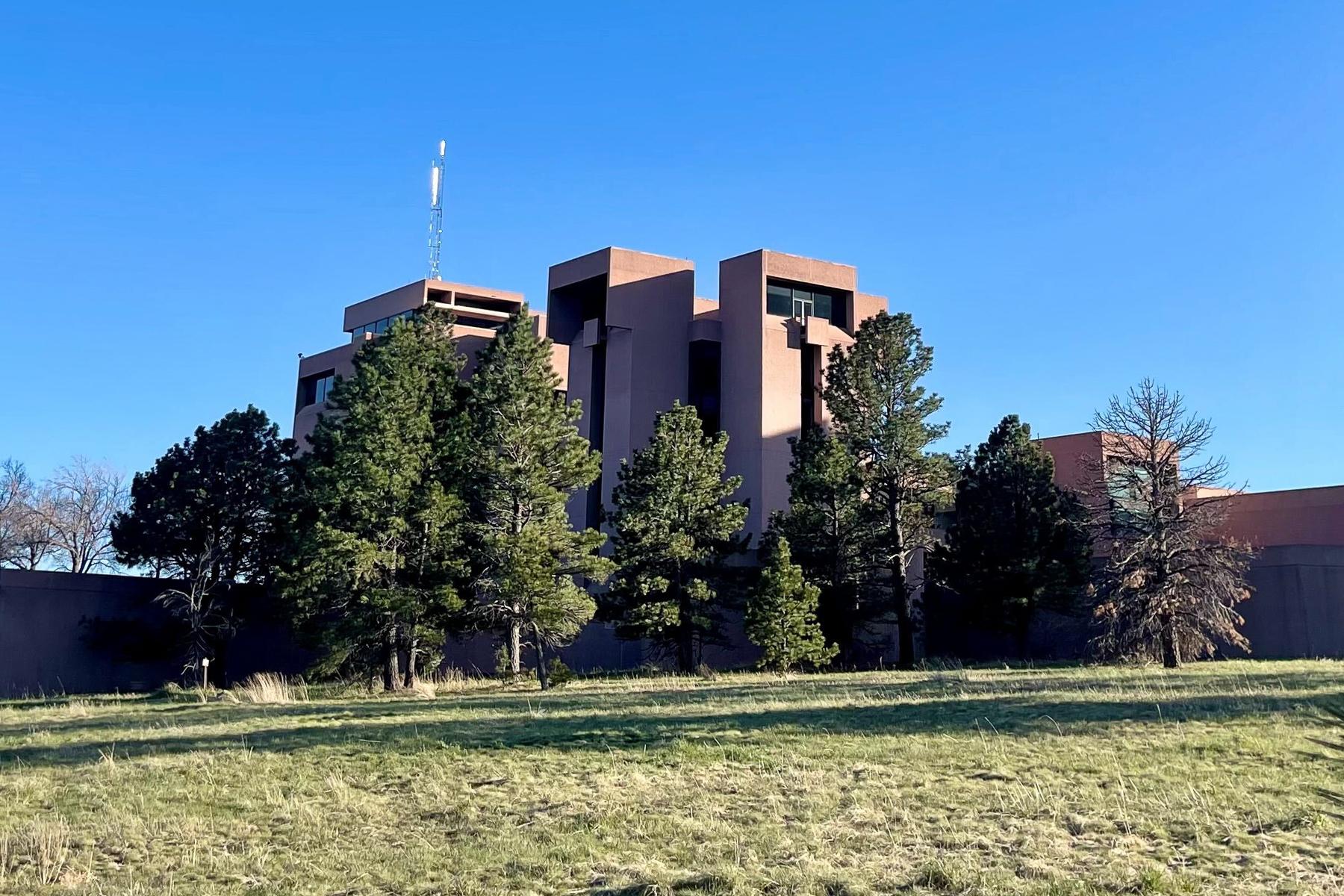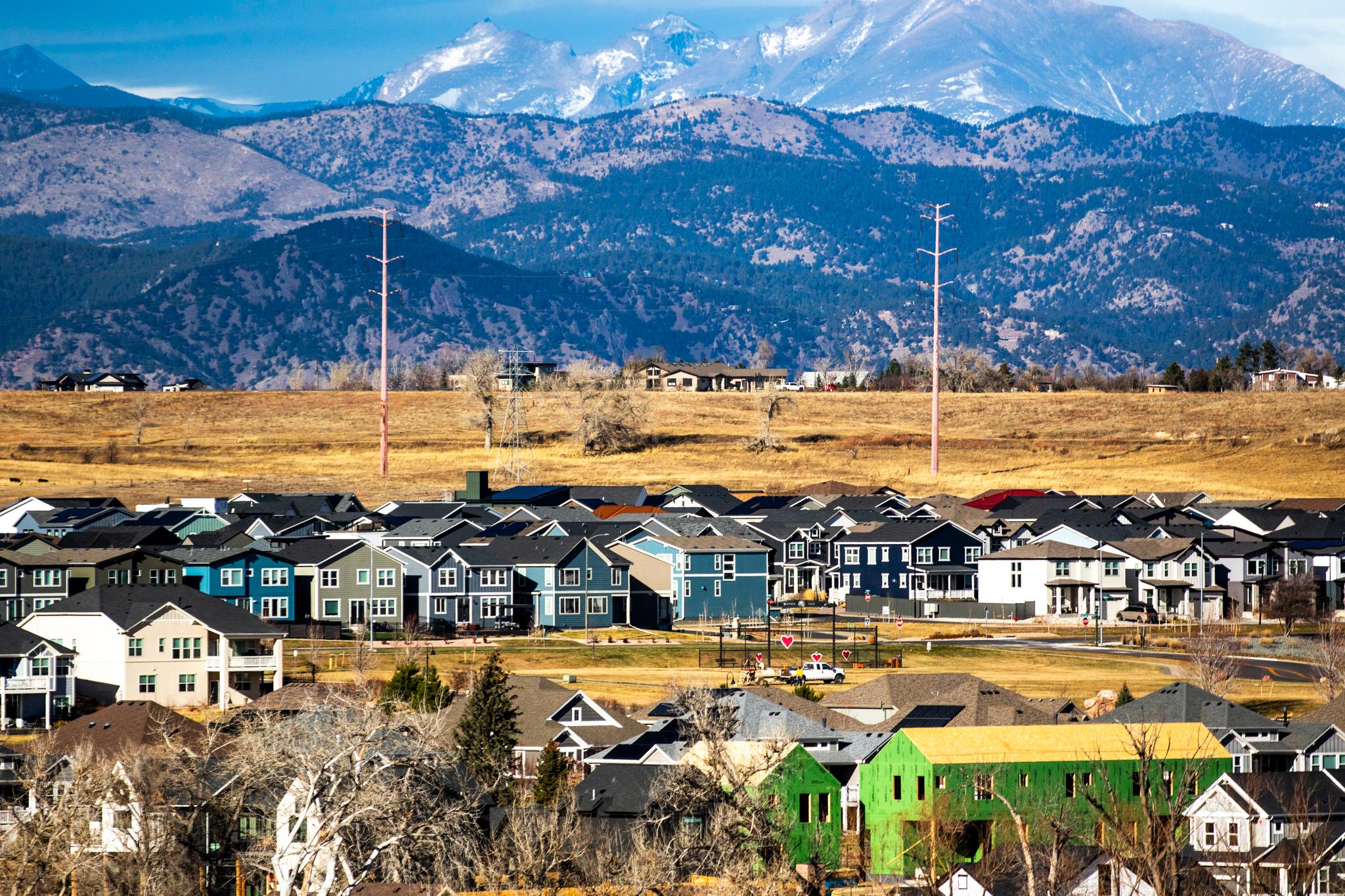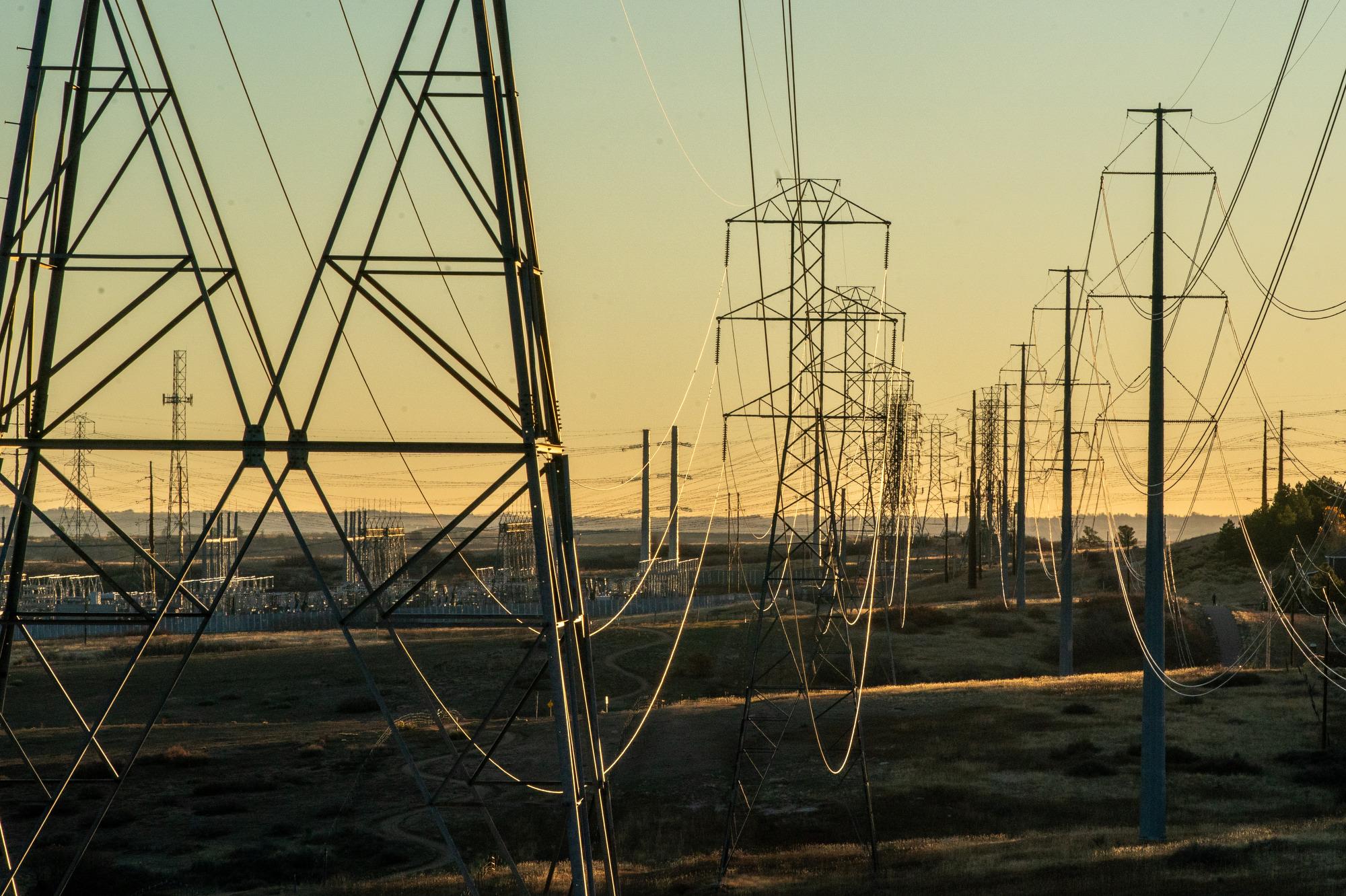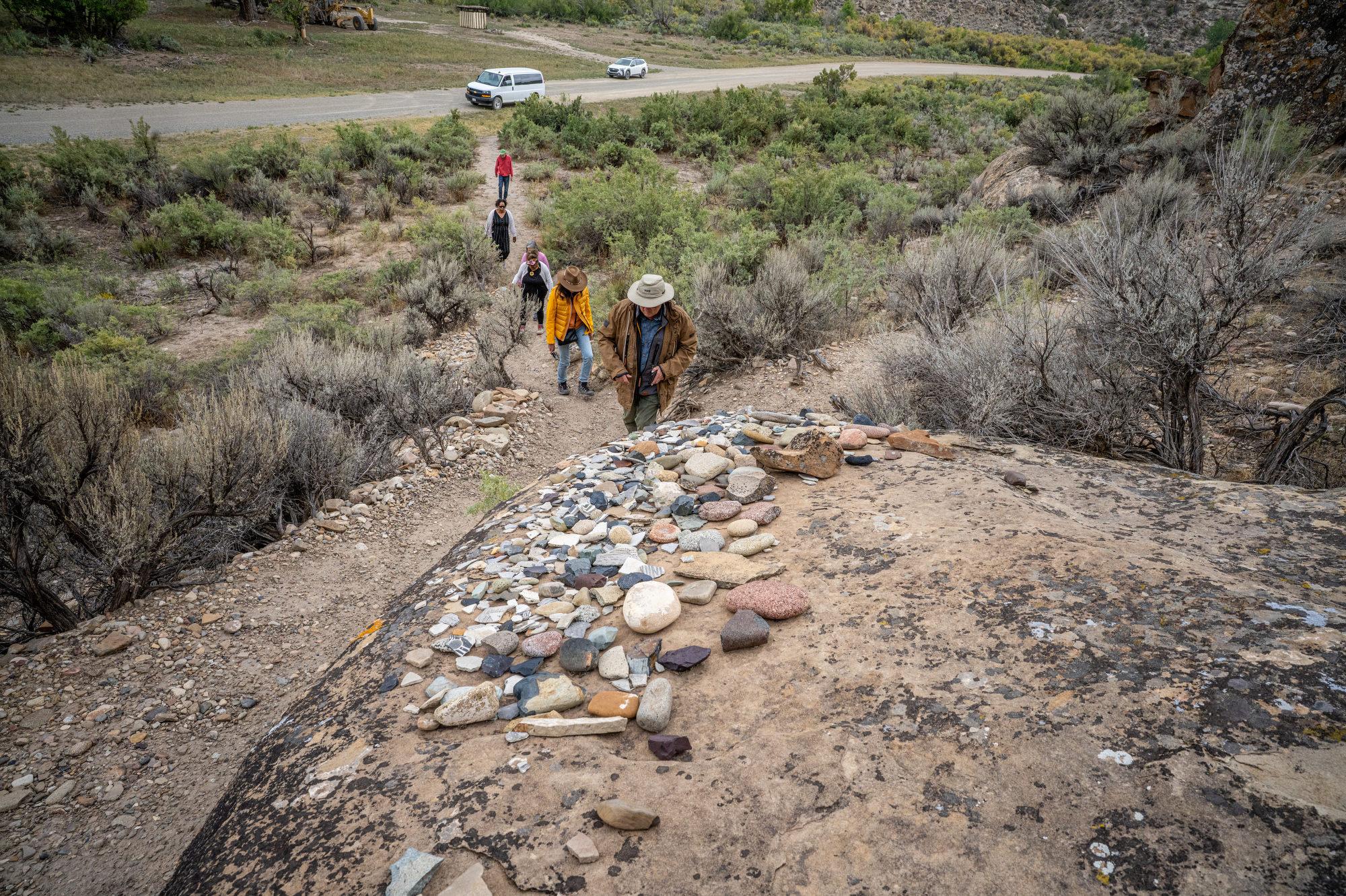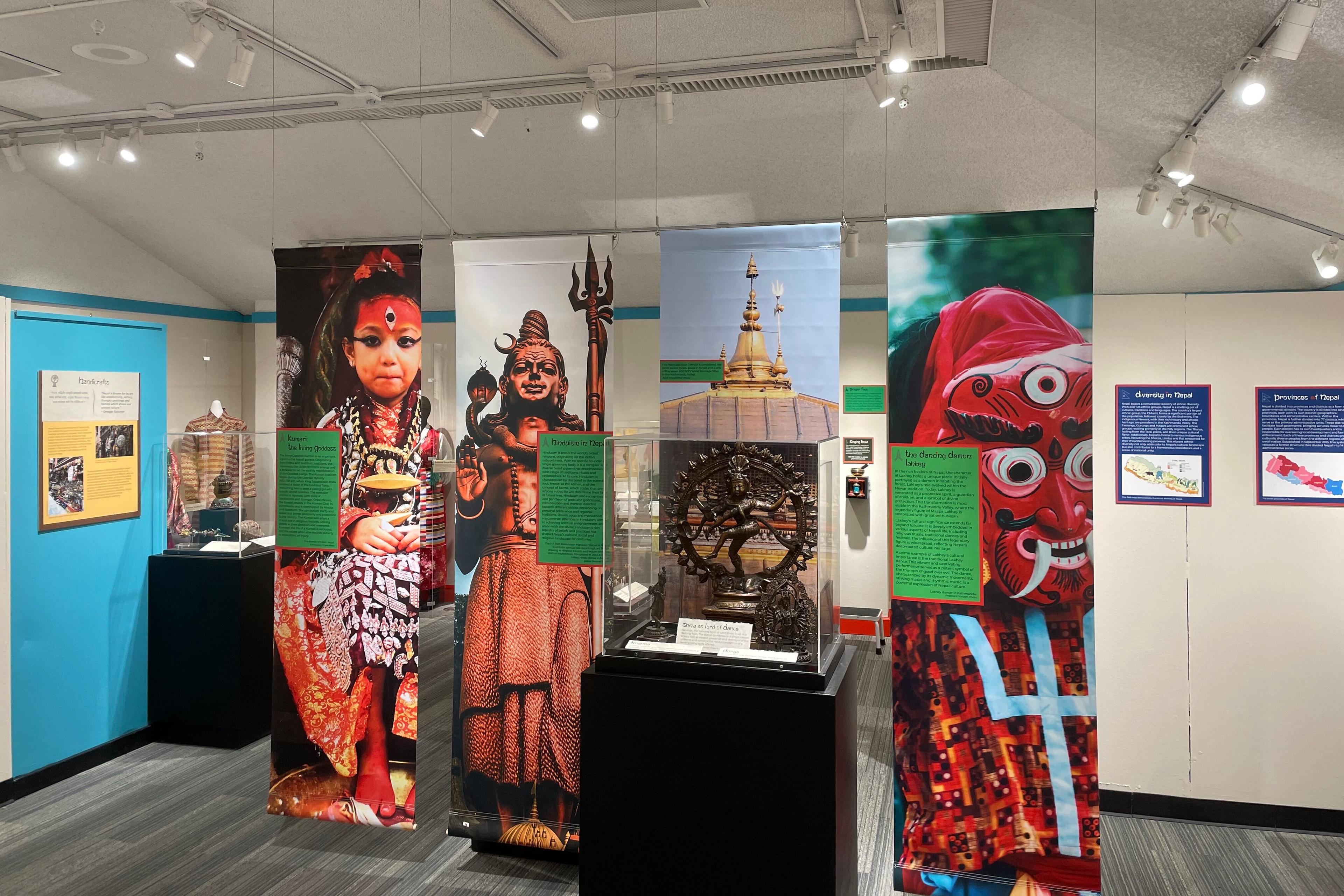
Name this country: it has a mountain twice as tall as any of this state’s 14ers; it’s the only nation with a flag that’s not rectangular, and it has a population in Colorado almost 7,000 strong.
In case the headline didn’t tip you off, it’s Nepal, a hilly Asian country of 30 million people, between India and China. It’s also the country selected to be the focus of a year-long cultural exhibit at the Aurora History Museum.
“A Mosaic of Cultures: Aurora’s Nepali Community,” opened in May for a year-long stretch at the Aurora History Museum, an easy-to-miss one-story building inconspicuously slotted between the police department and other government buildings in Aurora’s municipal complex. It’s the fourth part in a series of exhibits that have also featured Mexican, Salvadoran and Ethiopian populations in Colorado.
“Visitors that come through here, they'll be able to have a little bit of that knowledge if they know nothing about Nepal,” said museum director T. Scott Williams, who added that the exhibit will “provide that insight to Nepali folks that live in Aurora, folks that own businesses, restaurants, folks that are leaders within the community.”
Some of those leaders, including restaurant and small business owners originally from Nepal, gave videotaped oral histories that play on a screen as a part of the exhibit. Visitors can also hear Newari, Gurung, Sherpa, Nepali and Maithili, five of Nepali’s 100-plus languages, by clicking on buttons at a station that plays a polyglot welcome.
In a large room of about 500 square feet, walls are lined with pictures and text about Nepal’s history and dynasties. It also includes sections that engage the senses: a singing bowl people can tap with a malle, stations to sniff spices such as curry and cumin often used in Nepal, and its popular incense fragrances, including gardenia and jasmine.
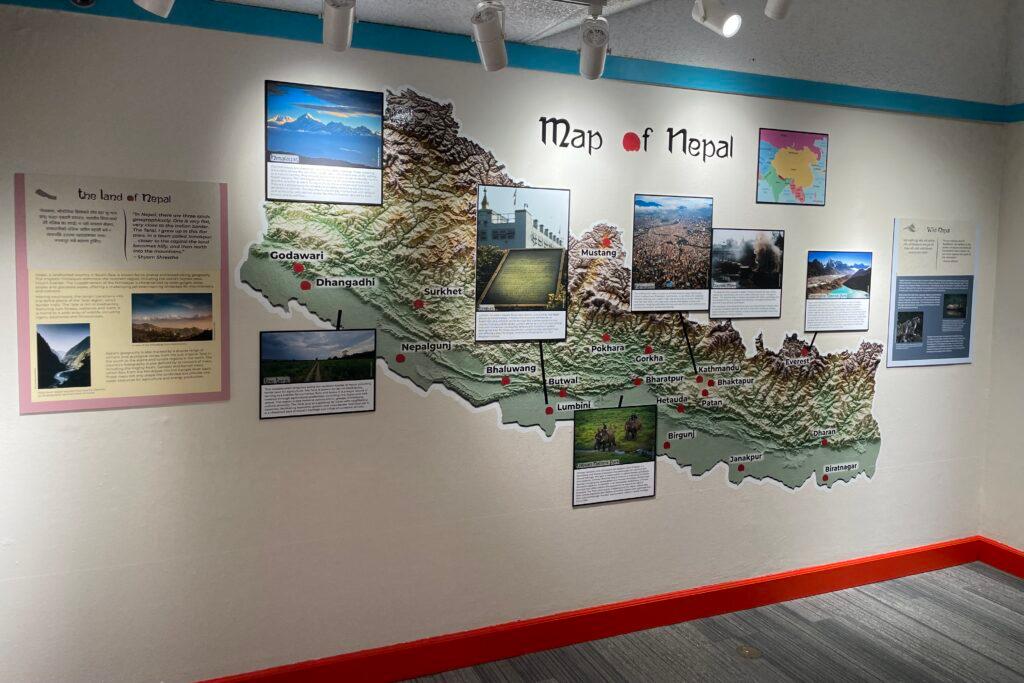
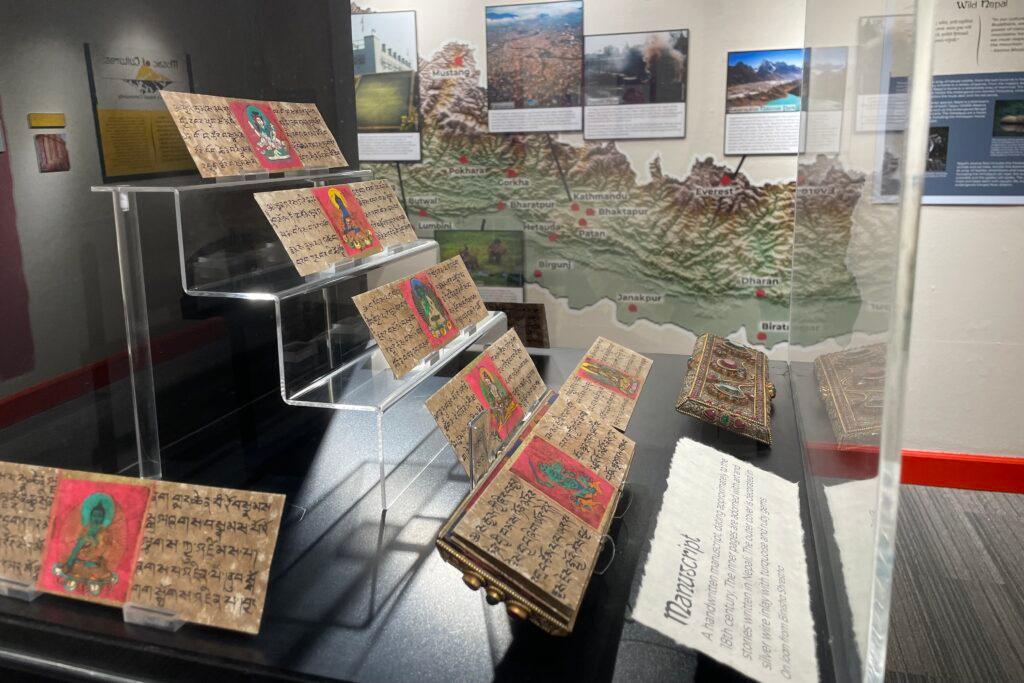
There’s a spot featuring textured and woven fabrics visitors can feel; the ones selected are often used in Nepal for clothing and cowherding belts. “One of the fabrics is more of a wool based fabric that the Sherpa people produce. And of course it's wool because it's cold up in the mountains,” explained Williams.

During a tour of the exhibit, put together by the museum and Aurora’s Office of International and Immigrant Affairs, Williams also pointed to a map that shows Mt. Everest, which stands some 29,000 feet tall – about twice as tall as Colorado’s highest peak.
Another tidbit in the exhibit: Nepal’s red flag. With blue trim and white emblems. Hanging high on one wall, it's shaped like two adjoining triangular banners – the only flag of any country that’s not a rectangle, according to Williams.
There are also life-sized displays of the ceremonial clothing people from different Nepalese ethnic groups might wear for a wedding or formal occasion. To gather the ephemera and make sure it was accurate, Williams relied on the donations, photographs, and expertise of locals, he said. “All of our Nepali constituents here really partnered and helped build this and create this exhibit,” he said.
One of those active in getting things organized was Binisha Shrestha, a 40-year-old Nepalese community organizer who now lives in Aurora. She said a lot of people don’t know there’s a museum in Aurora, or that Nepalese people were populous enough locally to create an exhibit around.
After seeing the success of the earlier exhibits though, she thought she could get enough involvement from the local Nepalese she knew. “I felt immediately that we could also organize [a] Nepalese community series under this ‘mosaic of cultures.’ So I talked to Scott about the possibility of organizing one,” she aid excitedly, “and then we did a lot of research for this one and a half years, putting up the layout design artifacts and collections, and then studying, doing the research and history of Nepal.”
On Saturday afternoon, there will be an opening ceremony, with traditional Nepalese food and dance, and entrance to the museum is free.

